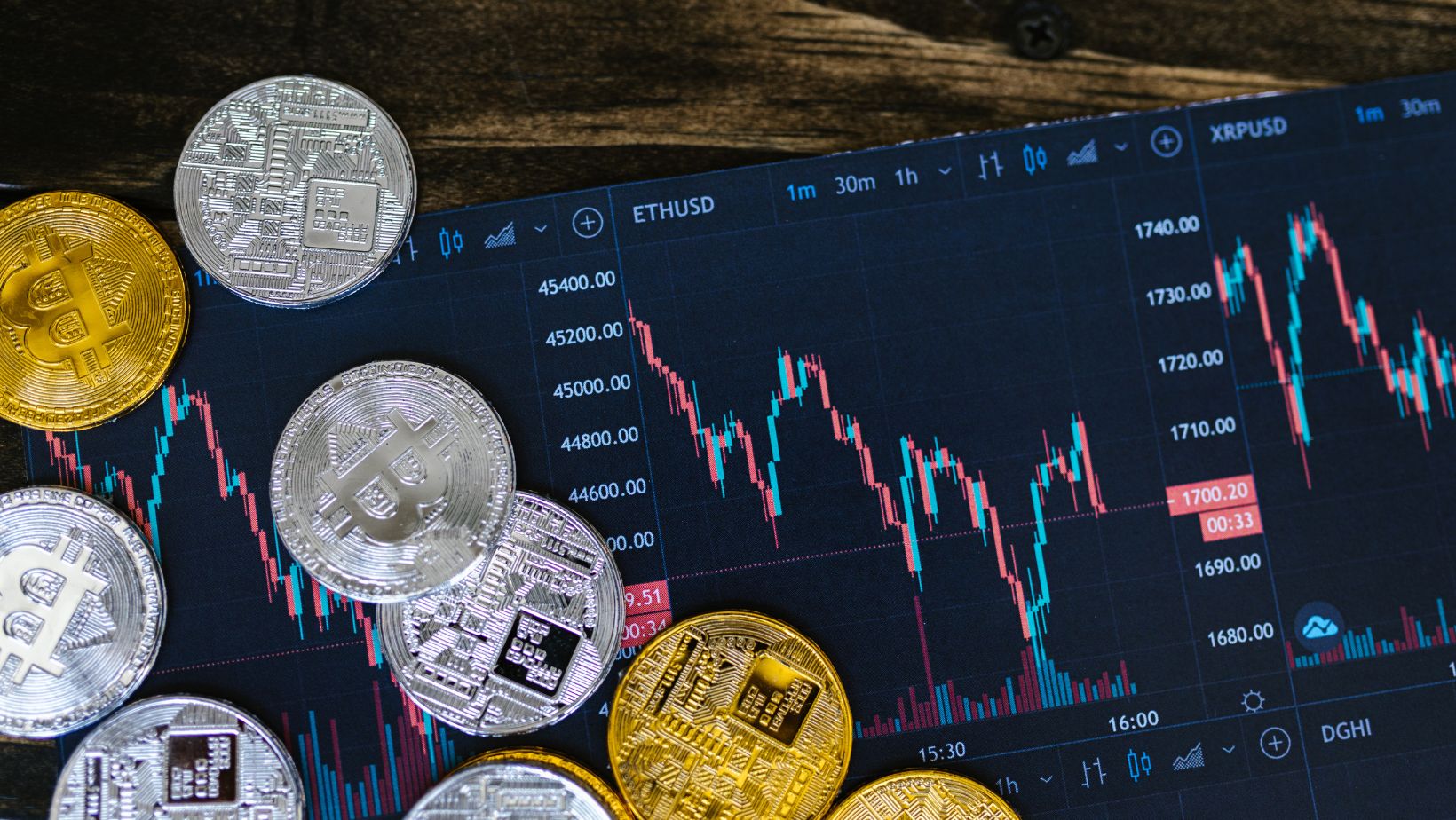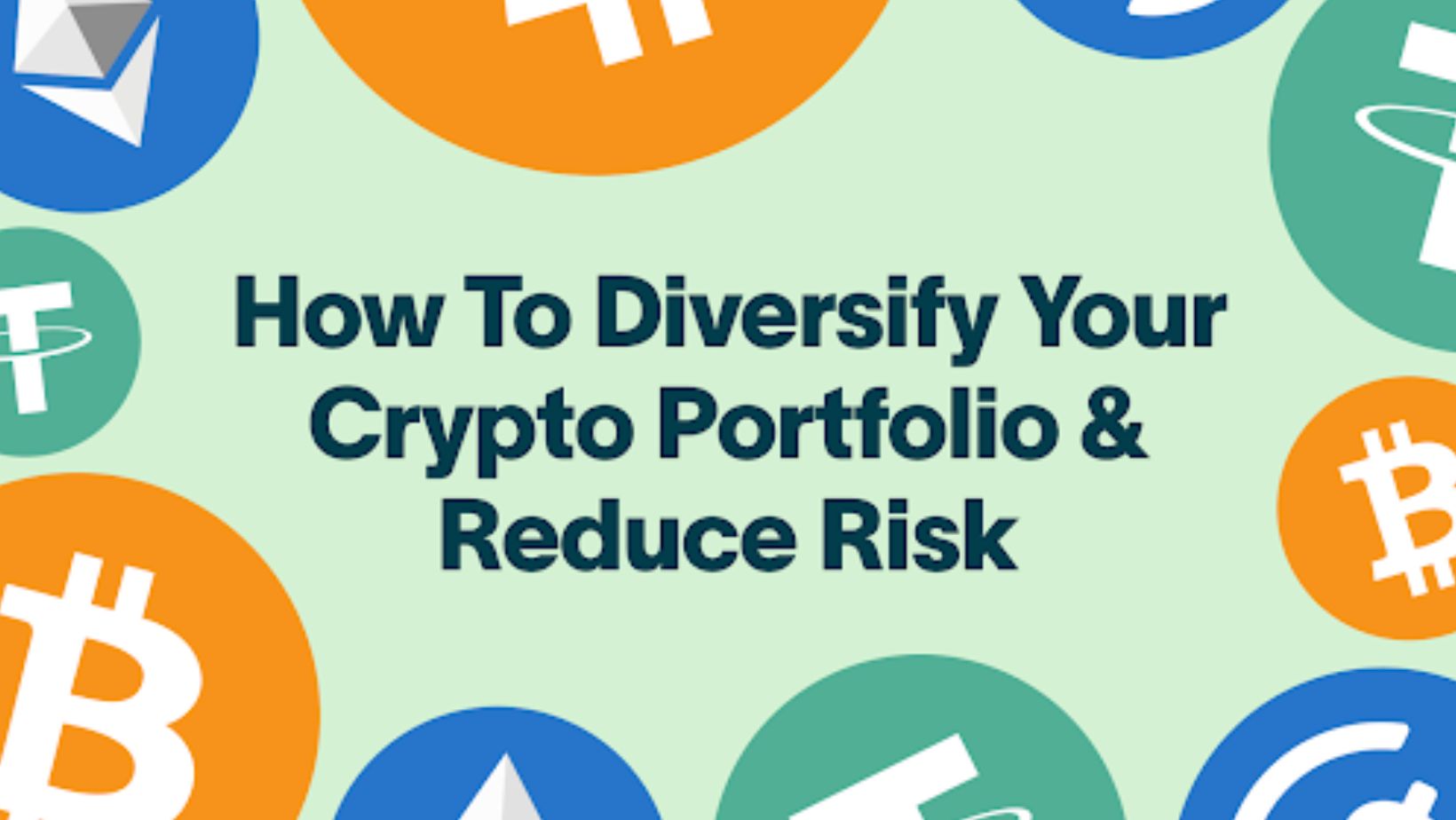
The crypto market has come a long way from its early days. What started as a Bitcoin experiment is now a multi-trillion-dollar global ecosystem with thousands of assets and an expanding list of use cases. But with more opportunity comes more risk, and that makes portfolio diversification more important than ever in 2025.
If you’re serious about investing in crypto, diversification is not just about spreading your bets. It’s a strategic way to reduce risk, improve your chances of long-term success, and stay flexible in an unpredictable market. Whether you’re a seasoned investor or just getting started, this guide will show you how to build a balanced, resilient crypto portfolio that can grow steadily while weathering the ups and downs of the market.
Why Diversification Matters in Crypto
Crypto is one of the most volatile asset classes in the world. On any given day, a coin can drop 30 percent, spike 50 percent, or disappear entirely from the top 100 rankings. While volatility can create opportunities for profit, it also makes investing incredibly risky if you’re not careful.
Diversification helps reduce that risk. When you spread your investments across different coins, sectors, and asset types, you’re less exposed to the failure or underperformance of any single asset. If one part of your portfolio takes a hit, the others may help offset the loss. Over time, this leads to more stable returns and better overall performance.

It also opens the door to new opportunities. While Bitcoin and Ethereum dominate the market, there are hundreds of promising projects in DeFi, gaming, infrastructure, and tokenized real-world assets. Diversifying allows you to participate in the growth of the broader ecosystem instead of betting everything on one or two names.
The Core Structure of a Diversified Portfolio
A good crypto portfolio is like a strong building. It has a solid foundation, supporting structures, flexible components, and a smart design that reflects the environment. Here’s what that looks like in practical terms.
Bitcoin and Ethereum as the Foundation
No matter how exciting the market gets, BTC and ETH remain the bedrock. They have the most liquidity, the widest adoption, and the strongest infrastructure behind them.
- Bitcoin is digital gold. It’s not the fastest or most feature-rich, but it has unmatched security and scarcity.
- Ethereum powers the majority of DeFi, NFTs, and smart contract applications.
Allocating 60–70% of your portfolio to these two provides a strong foundation that can weather market volatility.
High-Conviction Altcoins
Altcoins offer the potential for higher returns, but they also carry more risk. Look for altcoins with strong use cases, active development teams, and growing ecosystems. Categories to consider:
- Layer-1 protocols: Solana, Avalanche, Cardano
- Layer-2 scaling solutions: Arbitrum, Optimism
- DeFi platforms: Aave, Uniswap, Curve
- Infrastructure projects: Chainlink, The Graph
Some investors also track emerging assets like the EIN token price when evaluating high-risk, high-reward opportunities. Don’t chase hype, focus on projects solving real problems with long-term potential.
Stablecoins for Liquidity and Flexibility
Stablecoins like USDC, USDT, and DAI may not offer eye-popping returns, but they serve an essential purpose: liquidity and flexibility.
Holding stablecoins gives you dry powder to buy dips, stake in DeFi protocols, or rebalance when other positions grow out of proportion.
They also act as a hedge during turbulent times. When the market corrects, your stablecoin position holds value.
Tokenized Real-World Assets
In 2025, tokenized real-world assets have become a major part of the crypto landscape. From tokenized Treasury bonds to private credit and real estate, more than 22 billion dollars worth of real-world assets are now available on-chain.
Adding a small allocation to these assets gives you exposure to more traditional forms of yield and stability while still staying within the crypto ecosystem. They can be a smart way to reduce volatility without leaving the blockchain space.
These assets are especially useful for institutional investors, but retail investors are increasingly gaining access through DeFi protocols and platforms that support tokenized securities.
Step-by-Step: How to Diversify Your Crypto Portfolio in 2025
Now that we’ve covered what goes into a diversified portfolio, here’s how to build and maintain one step by step.
Step 1: Audit Your Current Portfolio
Before you make any moves, take stock of what you already own.
- Are you overexposed to one coin?
- Do you have any stablecoins or RWAs?
- Are you missing major categories like DeFi or Layer-2s?
Use a portfolio tracker or spreadsheet to calculate your allocation percentages.
Step 2: Define Your Allocation Targets
Set clear targets based on your risk tolerance and investment goals. A sample structure might look like:
- 65% BTC/ETH
- 25% high-conviction altcoins
- 7% stablecoins
- 3% RWAs
If you’re more aggressive, you might shrink your core holdings to 50% and increase altcoin exposure to chase growth. The key is to define it—and stick to it.
Step 3: Rebalance and Reallocate
Now, adjust your holdings to match your target allocations.
- Too much BTC after a rally? Rotate some into altcoins or stablecoins.
- Too many low-cap alts? Consolidate into core positions.
Don’t try to time the market. Use dollar-cost averaging (DCA) to enter or exit positions gradually.
Rebalancing helps you lock in gains and manage risk. Set a schedule (e.g., quarterly) or rebalance when allocations shift more than 10% from targets.
Step 4: Use Derivatives Wisely
Advanced traders may want to explore tools like:
- Futures to long or short specific coins
- Options to hedge downside
- CFDs (contracts for difference) to speculate without owning the asset
These tools can amplify gains—but also losses. Use them carefully and only if you fully understand the mechanics.
For most investors, it’s better to focus on spot markets and use derivatives sparingly, if at all.
Step 5: Automate Where Possible
Crypto markets run 24/7. Humans don’t.
Consider using bots or automation tools to help manage your portfolio:
- Rebalancing bots to maintain allocations
- DCA bots to automate regular buys
- Stop-loss orders to protect gains
- DeFi automation to harvest yield or reallocate stablecoins
Common Mistakes to Avoid
While diversification is a great strategy, it’s not foolproof. Here are a few mistakes to watch out for:
- Over-diversifying: Holding too many coins can make your portfolio hard to track and dilute your gains. Aim for 10 to 20 well-chosen assets instead of chasing every new project.
- Ignoring fees: Frequent trading and rebalancing can rack up gas fees and slippage costs. Try to consolidate transactions and plan changes ahead of time.
- Falling for hype: Don’t let fear of missing out drive your decisions. Just because a token is trending on Twitter doesn’t mean it belongs in your portfolio.
- Failing to rebalance: If one asset moons, it can quickly take up an outsized portion of your portfolio. Rebalancing locks in gains and helps maintain your strategy.
- Lack of liquidity: Having everything tied up in illiquid assets can leave you stuck during a market crash. Keep some portion of your portfolio easily accessible.
The 2025 Crypto Landscape: Why This Matters More Than Ever
Diversifying your crypto portfolio in 2025 isn’t just about spreading your money across a bunch of coins. It’s about creating a structured, intentional strategy that balances risk, reward, liquidity, and long-term growth.
Start with a strong core of Bitcoin and Ethereum. Add a handful of carefully chosen altcoins with real potential. Use stablecoins for flexibility and yield. Consider including tokenized real-world assets for additional stability and passive income. And don’t forget to monitor, rebalance, and stay educated as the market evolves.
A well-diversified portfolio won’t protect you from every market downturn, but it will give you a better shot at lasting success in the ever-changing world of crypto.







